How to Integrate MailChimp with Avada
Avada’s most recent update, version 7.5, included MailChimp integration natively within the theme itself for use in forms. No longer is there a need for an external plugin like MC4WP unless there is a feature tied to sign up such as a coupon code creation. This allows for a more streamlined code structure and one less plugin to worry about causing critical errors.
Mailchimp Integration with Avada
Step One: Login to Admin Dashboard
In order to get this tutorial to work simply login to the backend of the Avada site.
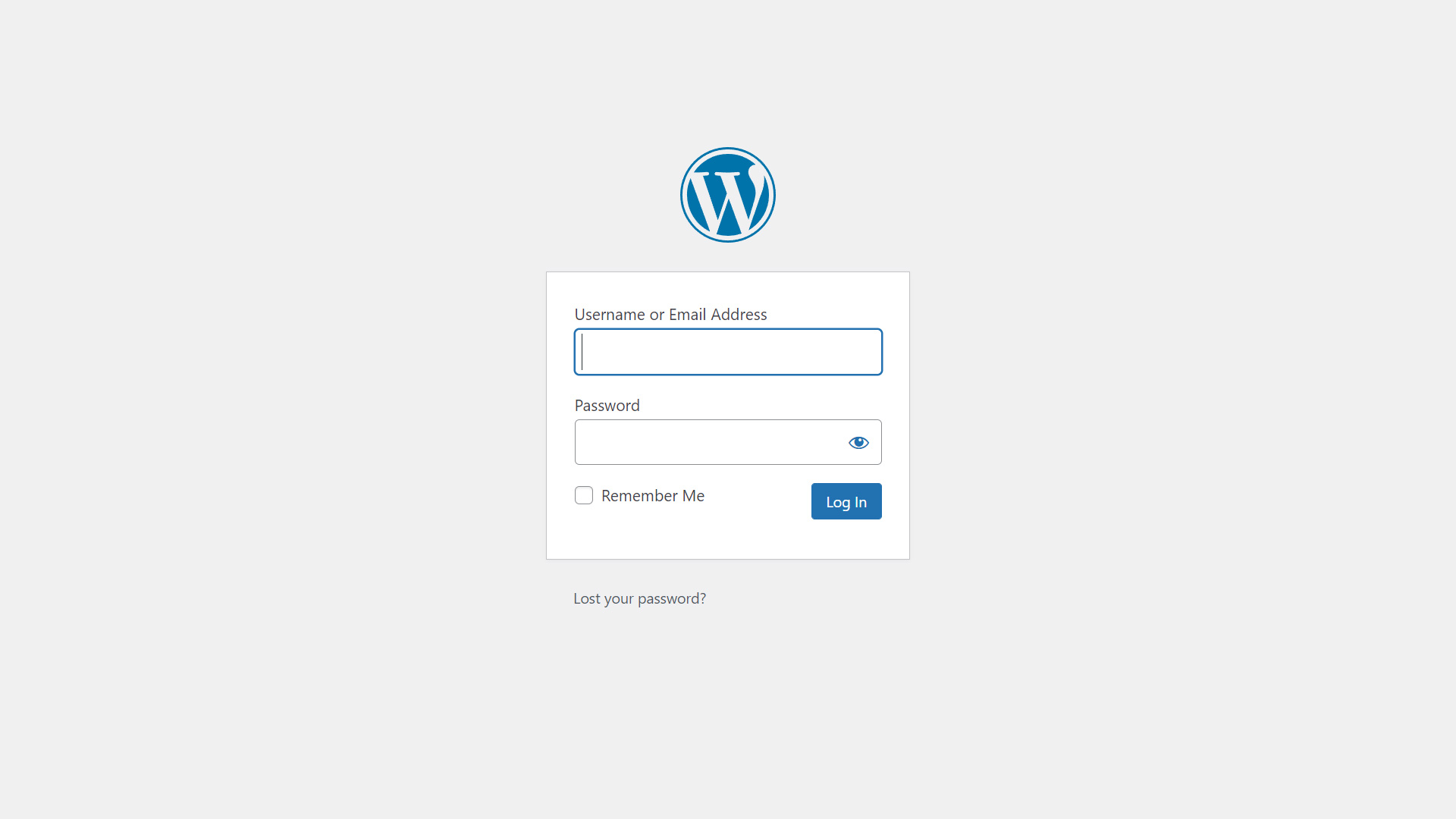
Step Two: Navigate to Avada Options
Next, on the left hand side of the admin dashboard select Avada > Options and wait for the options to load.
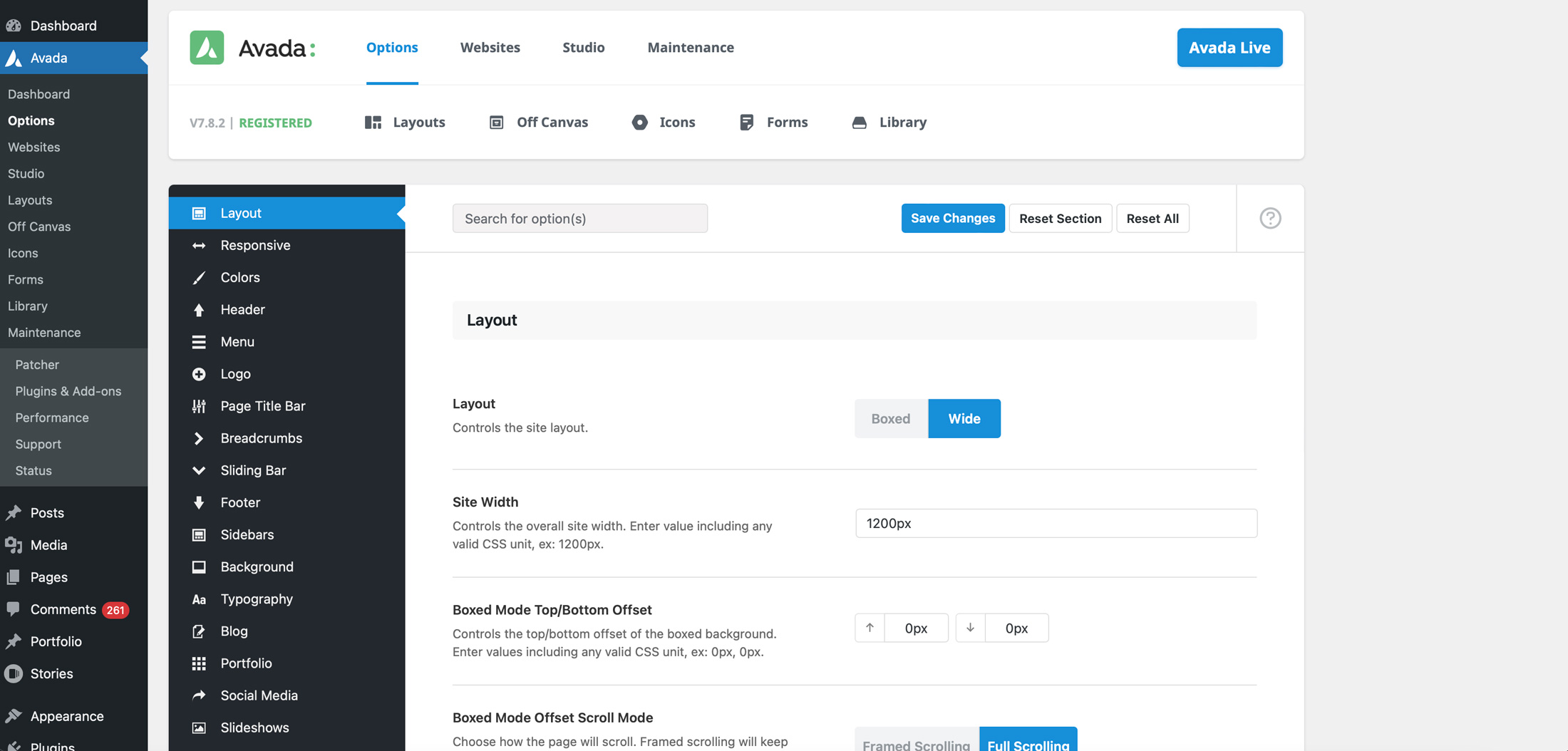
Step Three: Select Forms
A plethora of options should now be available, however the only one of concern is Forms. Select this option on the left hand side and navigate to Mailchimp Integration as the set of options displayed.
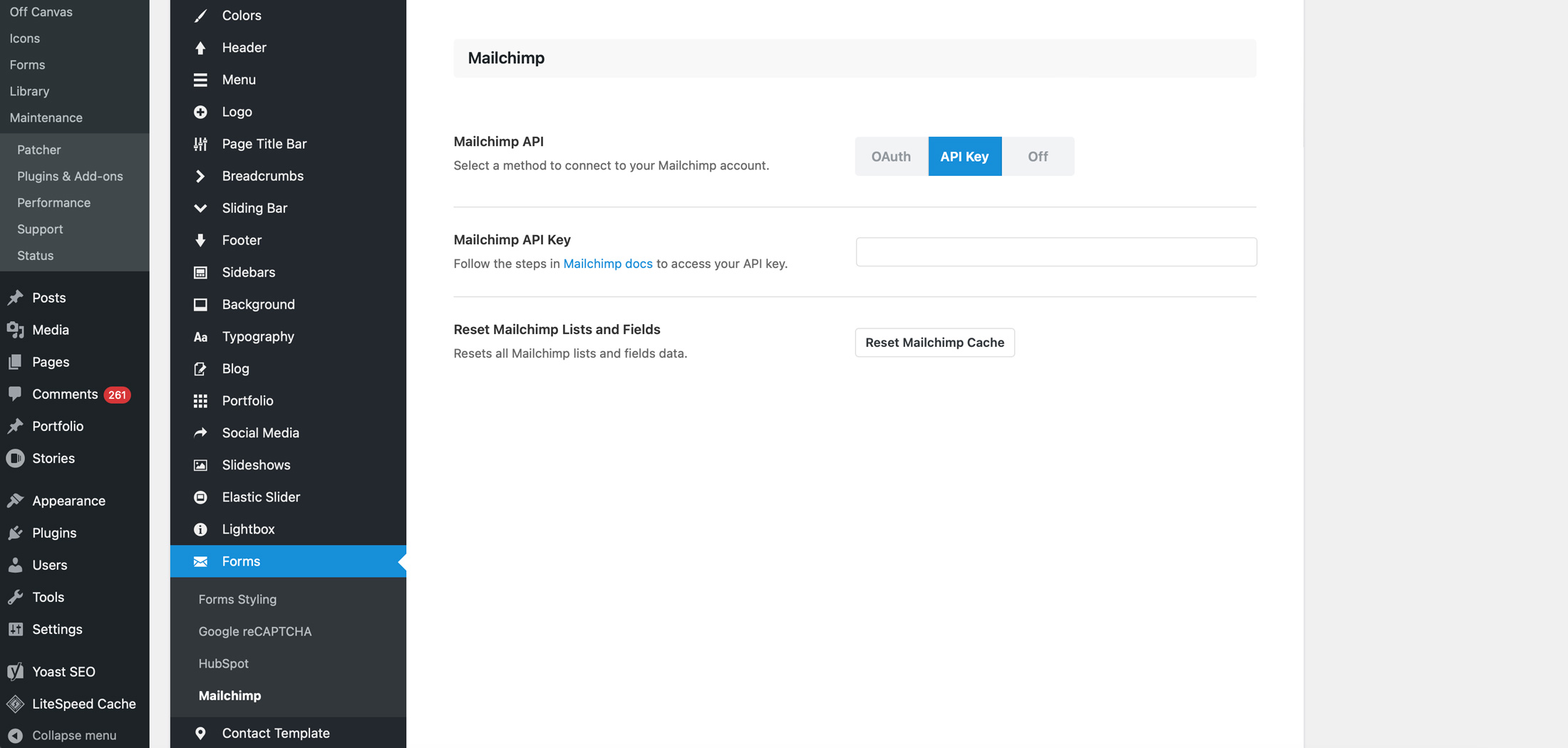
Step Four: Login to Mailchimp
Open a new tab and login to the MailChimp account that needs to be integrated with this website.

Step Five: Generate an API Key
Once logged in navigate to the bottom left and select the account circle followed by Account. A new window should load up from which navigate to Extras > API Keys. Upon selection another new window shall appear with all API keys currently enabled for this account. If none are created for the website, go ahead and generate one now. An API Key will be generated that will need to be copied to be used with Avada.
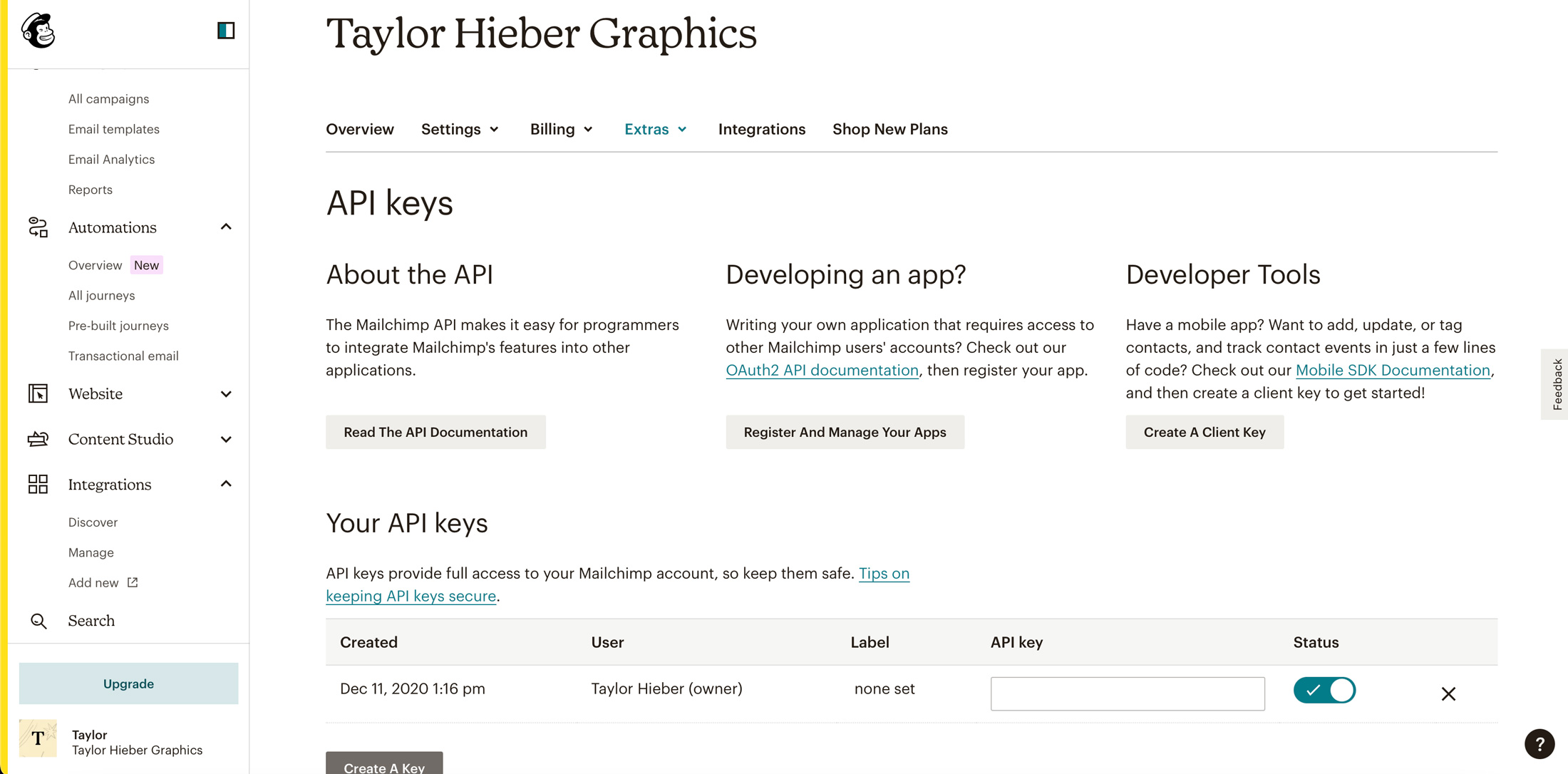
Step Six: Integrate the API Key with Avada
Now that the key is copied into the clipboard, return to the Avada tab and select API key as the option. Once the other fields load, paste in the API key in the denoted section and select save. Just remember to set the Mailchimp action within the form editor under Submissions menu item in order for the emails to go through.
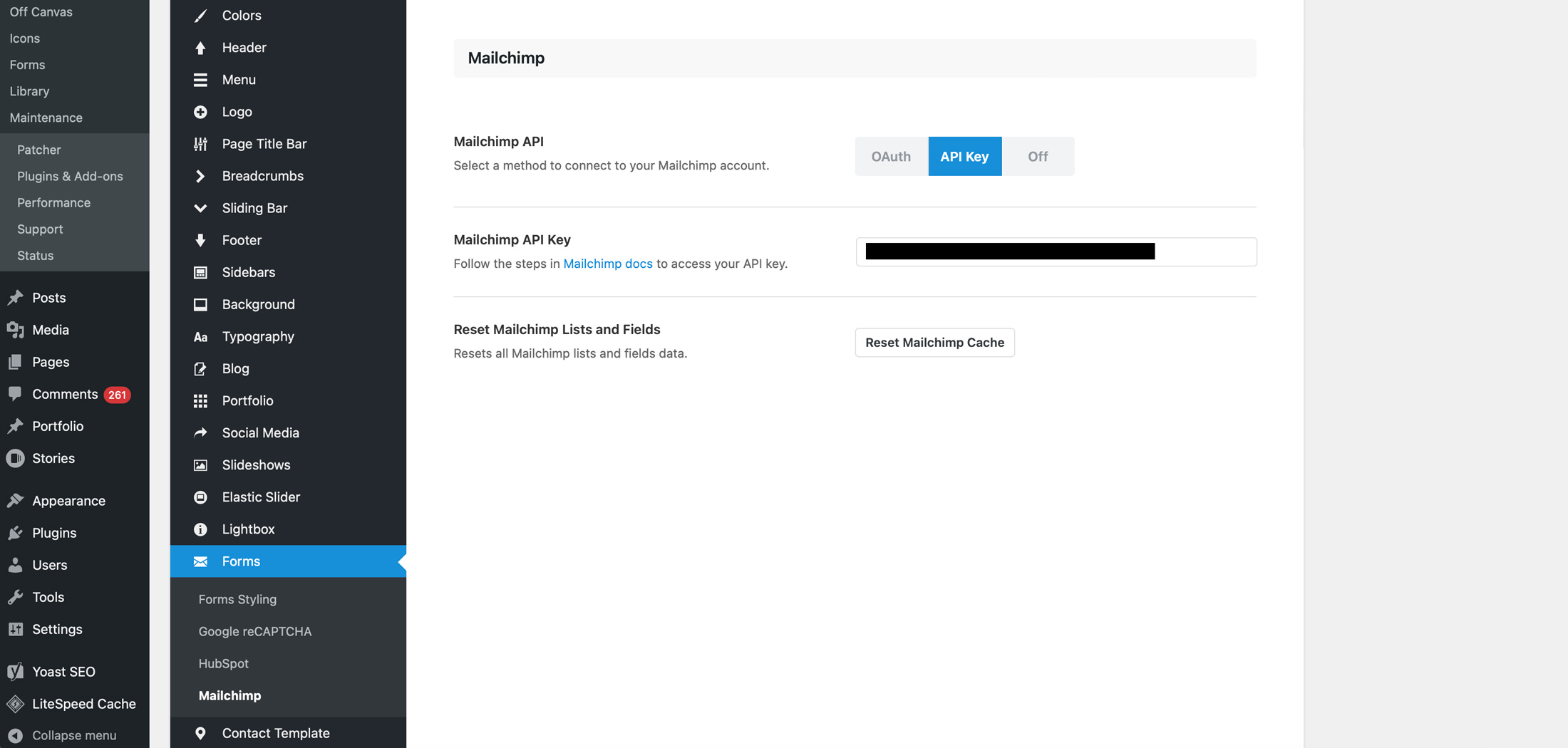
Conclusion
The ability to natively integrate MailChimp with Avada is definitely helpful to anyone using MailChimp however it doesn’t appear to have a removal option within performance quite like the honeypot integration. I can only assume that the code just isn’t present if there’s no API key call, at least that’s the hope to reduce bloat. Having to then go down to submissions and then mapping the fields makes sense even if it’s slightly annoying initially to work through. All in all I’d say this is a welcome change to the Avada platform and am curious if all other integrations will start to work their way in natively to forms.





